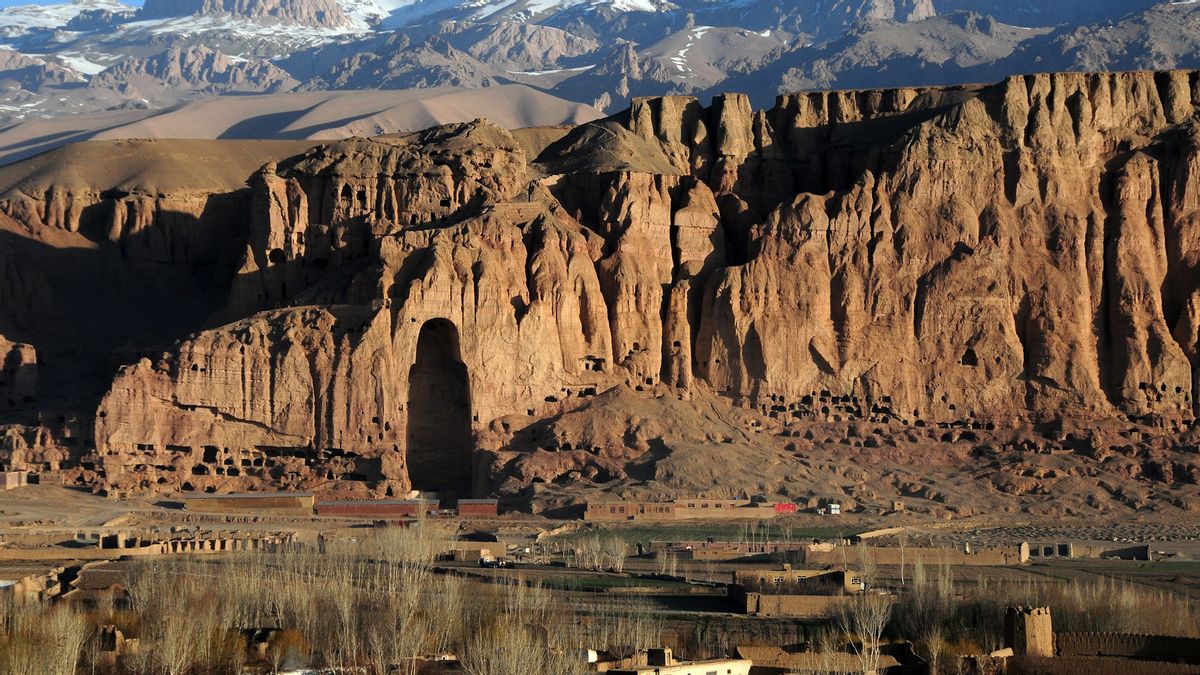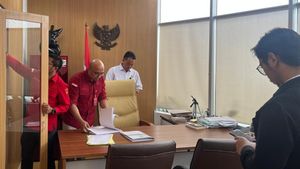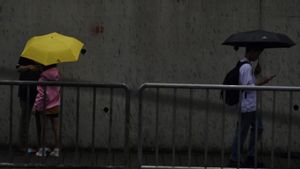JAKARTA - Artifacts from one of two Buddha statues destroyed by the Taliban in 2001 at the famous Bamiyan site in central Afghanistan were stolen from storage soon after the group returned to power last August, according to people familiar with the case.
Stolen Buddhist sutras and burlap bags stored in the German archaeological team's warehouse in Bamiyan, are believed to be first-rate finds that could explain the creation of the sixth-century carving cliffs of the Great Buddha at the UNESCO World Heritage site.
“Very valuable historical items that tell us what kind of thought people gave to the great Buddhas at the time of their creation have been lost,” said Takashi Irisawa, a Buddhist cultural expert and president of Ryukoku University in Kyoto, Japan. west, reported Kyodo News July 29.
"It's devastating," he said.
In 2001, when the Taliban were in power previously, they blew up the two statues because of their belief, based on an extreme religious interpretation, that idol worship was forbidden.
Meanwhile, it is known that silk and hemp sacks were found by a German team between 2006 and 2008.
The sutra was found in the ruins of the "Eastern Buddha." It was written in a script used in the sixth to seventh centuries, believed to be kept inside a statue. The bag was found on the statue's right arm.
The Taliban took control of the capital Kabul on August 15. The artifact was stolen from the warehouse the next day after someone entered, according to people familiar with the case.
The excavated Buddha head and other items were looted from the French archaeological team's storage facility around the time of the Taliban takeover. The warehouse holds valuable artifacts excavated from around the "Eastern Buddha."
At the Bamiyan site, a cultural center that will double as a museum is being built on a hill overlooking where the two giant statues used to be, with construction of the main building already completed.
Separately, an official from Afghanistan's Ministry of Information and Culture regretted the loss of the valuable artifacts, saying they should be a major tourist attraction at the museum.
In 2003, the cultural landscape and archaeological remains of the Bamiyan Valley were simultaneously added to the UNESCO World Heritage List and the List of World Heritage in Danger.
The English, Chinese, Japanese, Arabic, and French versions are automatically generated by the AI. So there may still be inaccuracies in translating, please always see Indonesian as our main language. (system supported by DigitalSiber.id)













